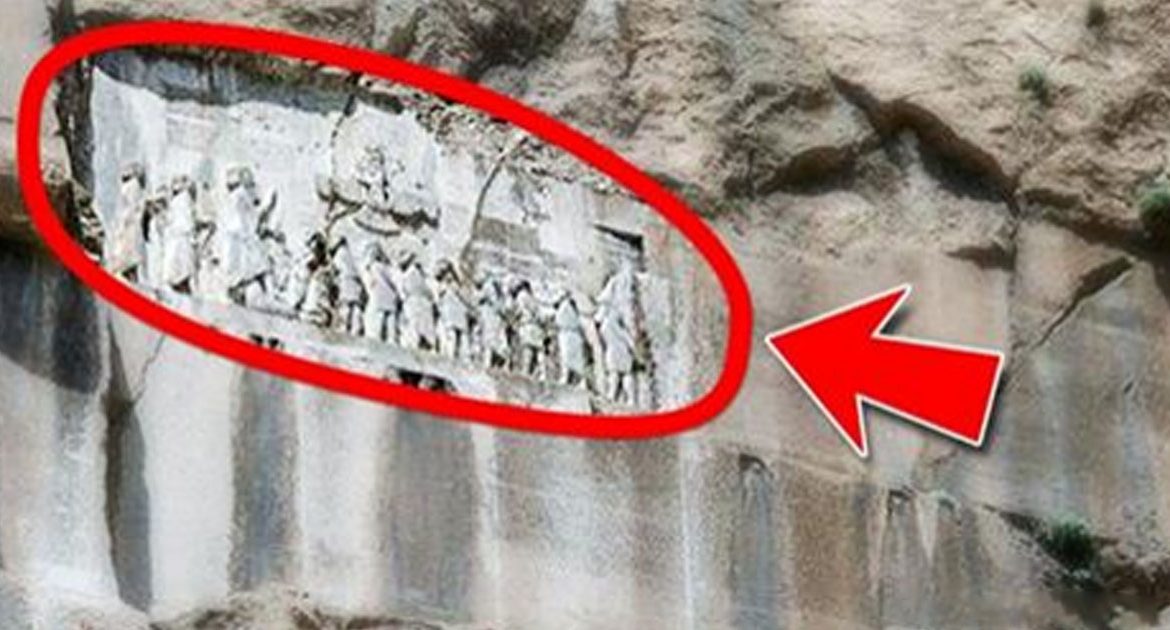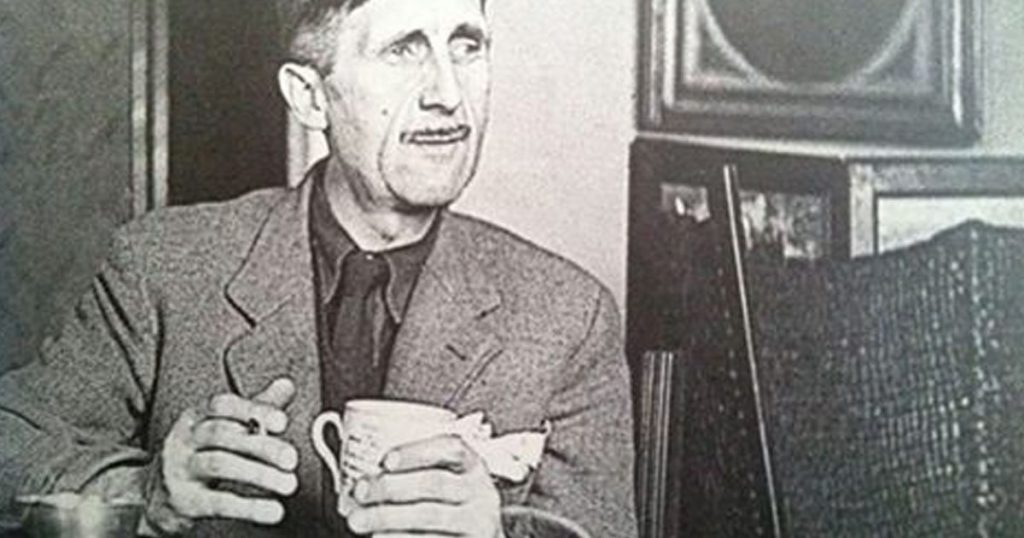A huge number of valuable archaeological discoveries made in different historical periods allowed us to unfold some of the mysteries and secrets of the past we have always been curious about.
Today, we at Liked Video invite you to take a look at the most amazing archaeological finds that have drastically changed human history.
Terracotta Army
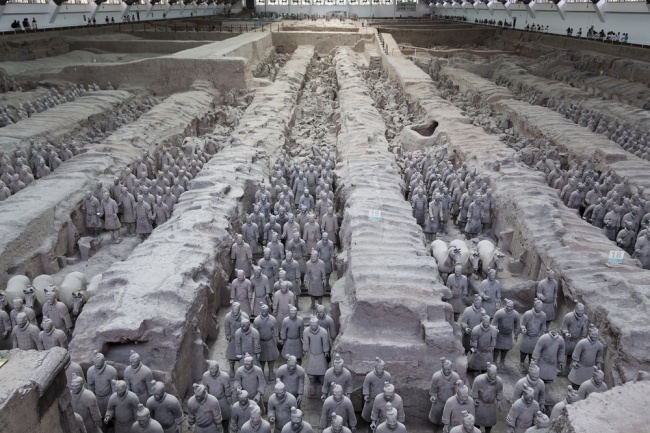
These excavations allowed scientists to take a fresh look at the reign of the first Emperor of China.
A local farmer from Shaanxi province was digging a well when he discovered this vast army in 1947. Thousands of terracotta warriors stand right in front of the tomb of the great Emperor Qin Shi Huang in order to guard him in his afterlife. For researchers, this large construction has become an indicator of the unprecedented humanism and progressive views of the Emperor, as his predecessors were usually ordered to bury everything they needed for the afterlife with them, including a living army. Despite the fact that the guarding army was discovered almost 60 years ago, the tomb of the Emperor itself hasn’t been found yet.
The Dead Sea Scrolls
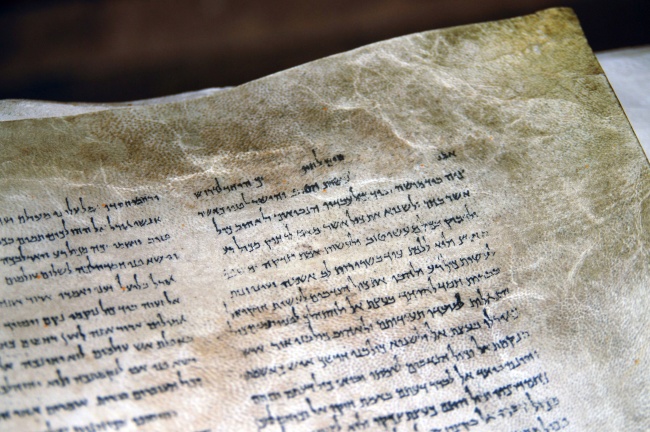
The oldest fragments of the Bible.
Behistun Inscription
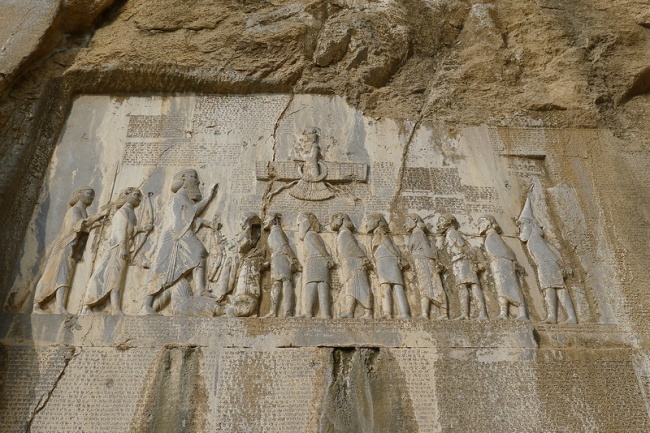
A description of historical events of the 6th Century BC.
The inscription was discovered by an English traveler and adventurer, Robert Sherley, during his diplomatic mission in Persia in 1598. It’s a multilingual text carved by the order of King Darius the Great. The inscription on the cliff tells us about the historical events that took place in 523-521 BC. It allowed archaeologists to study ancient and well-known civilizations, such as Mesopotamia, Sumer, Akkad, Persia, and Assyria.
Olduvai Gorge
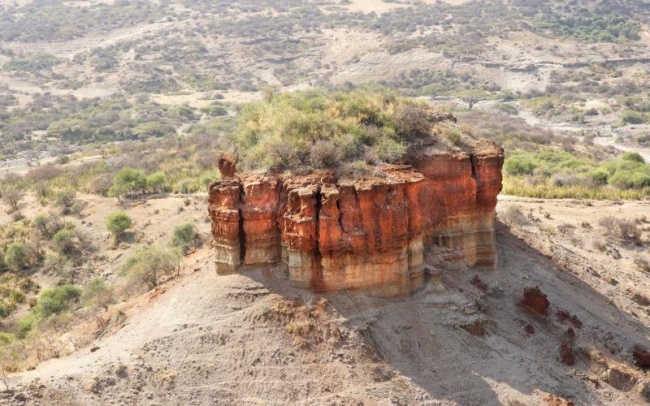
A previously unknown territory inhabited by the earliest human and animal species.
Angkor Wat

The largest religious building in the world.
The earliest records about this huge stone construction date back to 1601. Back then, Marcelo Ribandeyro from Spain stumbled upon the strange temple of Angkor Wat in the Cambodian jungle. However, he was unable to solve the mystery of its origin, and the temple remained forgotten for more than 200 years.
Angkor Wat («Capital Temple») is the largest religious monument in the world. It’s a massive three-tiered structure with a lot of stairs and hallways, crowned with five towers. The temple is called the Soul of the Khmer people, and we can safely say that it’s the heart of a great civilization.
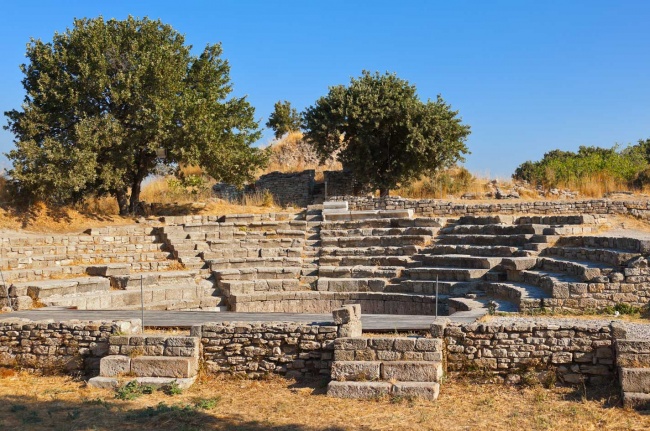
Excavations revealed 46 different cultural layers.
The ancient city of Ilion, mentioned in the poems of Homer and Virgil, was discovered in the 1870s by the German self-taught archaeologist Heinrich Schliemann. After the excavations, the history of the ancient city was divided into several periods — from Troy I to Troy IX. Troy VI is believed to be «Homeric» Troy (1900–1300 BC).
Antikythera Mechanism
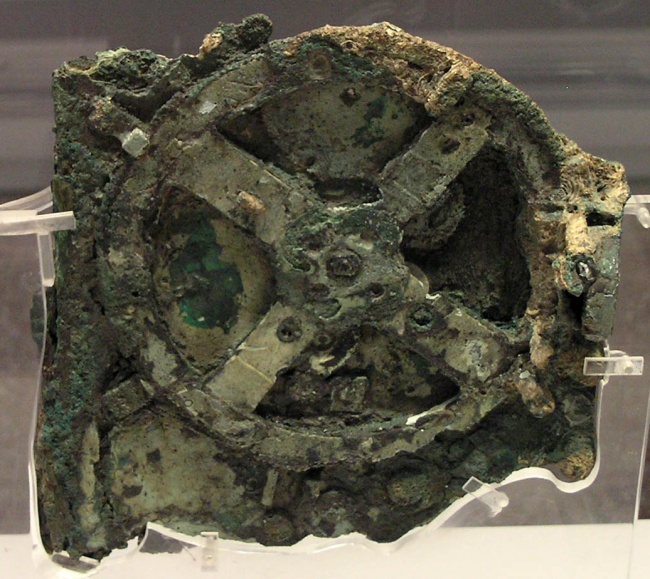
This mechanism created in ancient Greece was centuries ahead of its time.
This mechanical device which dates back to around 100 BC was found in a shipwreck near the Greek islands in 1901. According to scientists, the Antikythera Mechanism is composed of at least 30 bronze gears placed inside a wooden case, on the front and back sides of which there were bronze dials. These dials were used to calculate the motion of stars and planets. Scientists believe that the mechanism was also used to determine the exact date of the start of the Olympic Games: the device accurately calculated the 4-year cycle.
A Denisovan’s tooth
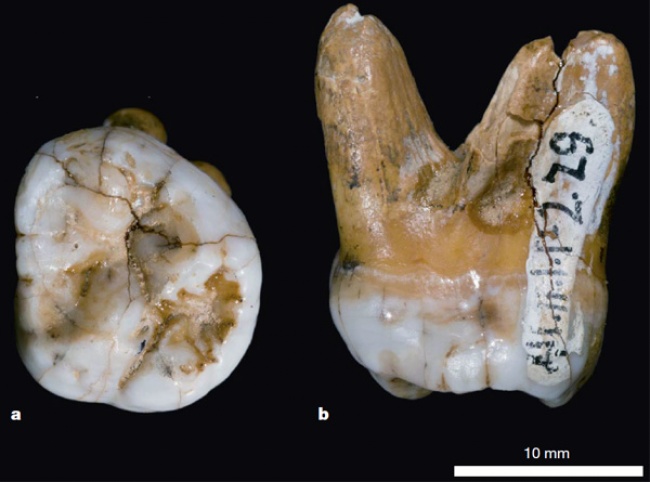
Remains belonging to a previously unknown type of archaic human.
A tooth and a finger bone of an archaic human were found in the Denisova Cave near Biysk. Scientists are of the opinion that this archaeological find is more than 50,000 years old. After many investigations, scientists came to the conclusion that a previously unknown type of archaic human once lived in the territory of Altai. Researchers are inclined toward the version that Denisovans had dark skin, as well as dark eyes and hair.
Pompeii
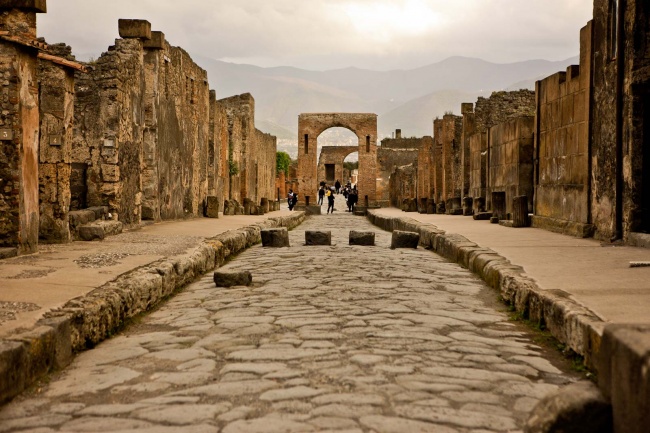
The legendary ancient Roman city.
Being a Roman colony, this city was a thriving port and resort destination with numerous villas, temples, theatres, and baths. The city had an amphitheatre, forum, and basilica. Its population was about 20,000 people at the moment of the eruption of nearby Mount Vesuvius on August 24, 79 AD, which fully covered the city in cinders and ash. Pompeii was discovered in 1599 by Domenico Fontana, but the excavations started only in 1748. The excavations gave the archaeologists an important and unique insight into Roman life. It’s noteworthy that the finds in Pompeii to a large extent contributed to the creation of the Empire style in art.
Lascaux Cave
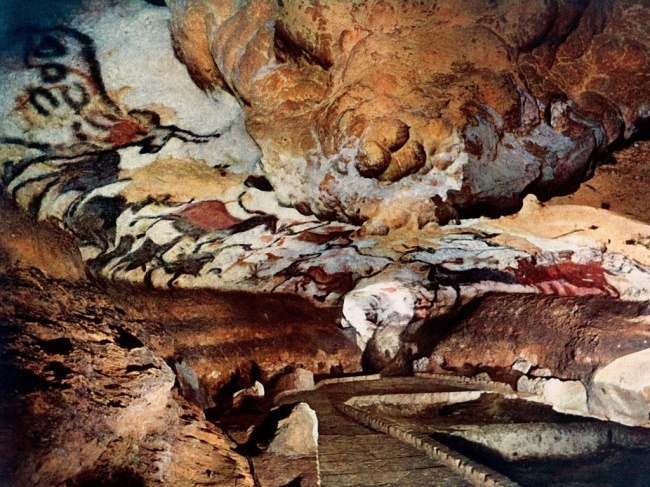
A large upper Paleolithic monument known for its excellent wall paintings.
This cave was discovered by four teenagers on September 12, 1940. There are more than 2,000 figures of animals (deer, bison, cats, birds, rhinoceros, bears, etc), humans, and abstract signs inside the cave. Researchers think that humans didn’t live there but visited it periodically just for the purpose of depicting images.
Rosetta Stone
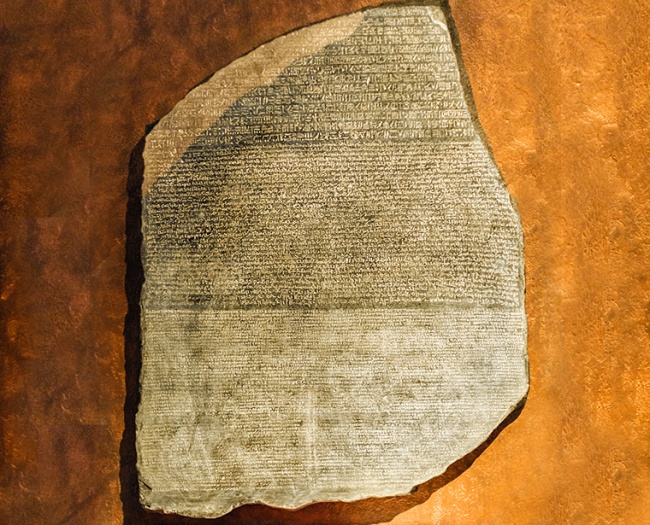
This stone slab gave the key to the decipherment of Egyptian writings.
The Rosetta Stone is a granodiorite stele which was found in Egypt in 1799, and it dates back to 196 BC. A decree honoring King Ptolemy V is carved on the stone in Egyptian hieroglyphs, Demotic Egyptian, and ancient Greek. The stone was first displayed in a temple and was later moved and used as a building material in a fort at the village of Rosetta.
Machu Picchu
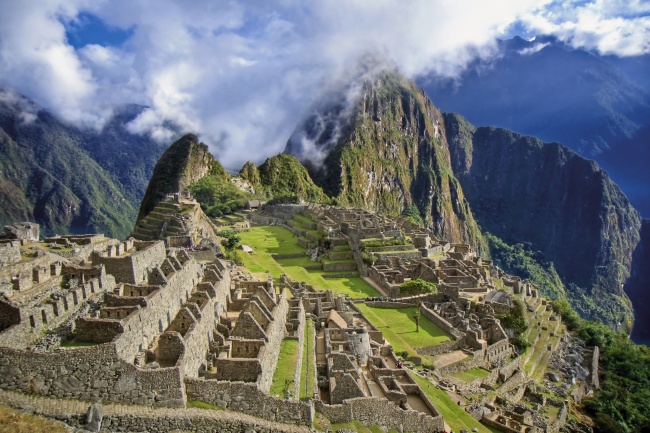
The most mysterious monument of Inca culture.
This famous Inca citadel and historic sanctuary of Peru was founded in about 1440 and existed till 1532. It was discovered by the American historian of Yale University, Hiram Bingham. The picturesque ruins of Machu Picchu are the best example of stone construction of the Inca civilization. There are approximately 200 buildings located in an area 1,197 ft long by 984 ft wide (365 meters long by 300 meters wide).
